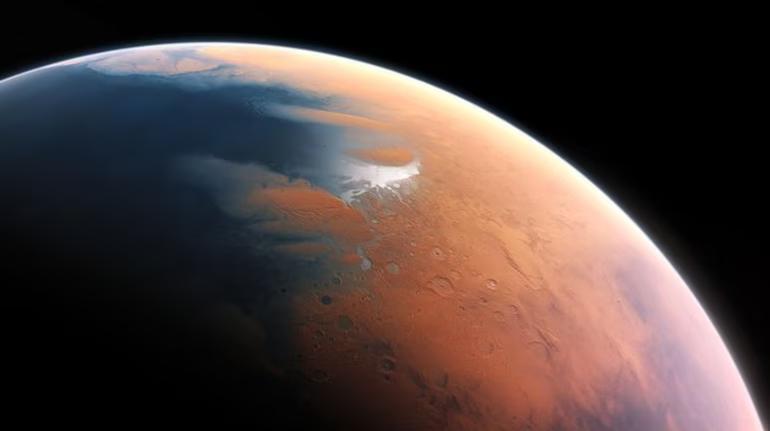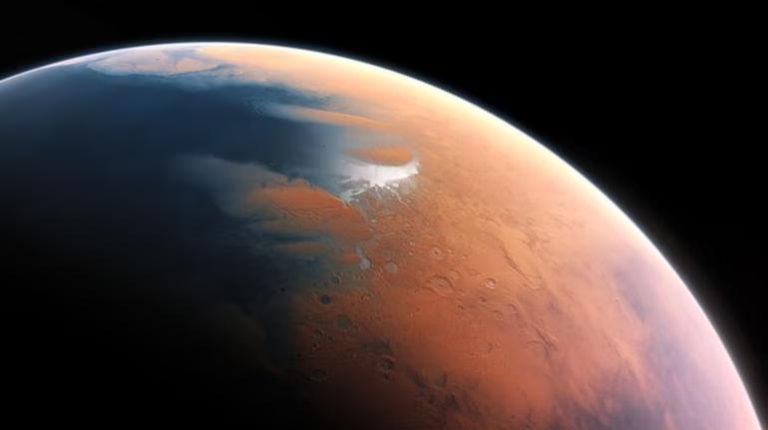
Mars may have once had rain & snowfall, finds new study
For decades, scientists have been fascinated by the possibility of life on Mars. While our closest planetary neighbor is often thought of as a barren, rocky wasteland, new research suggests that the Red Planet may have once been a much more hospitable place. A recent study by the University of Colorado Boulder has shed new light on the Martian climate, suggesting that Mars may have once experienced rainfall and snowfall, feeding valleys and channels.
According to the study, published in the journal Science, the Martian surface was likely much wetter in the past than it is today. The researchers used a combination of computer simulations and data from NASA’s Mars Reconnaissance Orbiter to recreate the planet’s ancient climate. Their findings suggest that around 4 billion years ago, Mars was home to a more dynamic and complex environment, with liquid water flowing across its surface.
The study’s lead author, Dr. Robert Haberle, explained that the team’s simulations indicated that the Martian atmosphere was much thicker and more hospitable to life than it is today. “We found that the atmosphere was warm enough to support liquid water, and that it was also dense enough to trap enough heat to melt the polar ice caps,” he said.
The researchers believe that the water on Mars was likely fed by precipitation, including rain and snowfall. This would have occurred when the Martian atmosphere was warmer and more humid, allowing water vapor to condense and fall to the ground. The study’s authors suggest that this water may have flowed into valleys and channels, creating a network of rivers and lakes that would have been suitable for life.
While it’s not yet clear whether life actually existed on Mars, the discovery of water on the planet’s surface is a significant breakthrough. Water is a key ingredient for life as we know it, and the presence of liquid water on Mars in the past means that the planet may have been capable of supporting life.
The study’s findings are not without controversy, however. Some scientists have questioned the team’s methods and conclusions, suggesting that the results may be exaggerated or misleading. Others have pointed out that the Martian climate is much more complex than the team’s simulations could account for, and that the presence of water on the planet’s surface does not necessarily mean that life was present.
Despite these criticisms, the study’s authors are confident that their findings are significant and groundbreaking. “This study provides strong evidence that Mars was once a very different place, and that it may have been capable of supporting life,” said Dr. Haberle. “We’re excited to continue exploring the Martian climate and geology, and to see where this research takes us.”
As scientists continue to study the Martian climate and geology, we may one day uncover evidence of life on the Red Planet. While it’s impossible to know for certain whether life ever existed on Mars, the discovery of water on the planet’s surface is a major step forward in our understanding of the planet’s history and potential for life.
In conclusion, the study by the University of Colorado Boulder provides new insights into the Martian climate and geology, and suggests that the planet may have once experienced rainfall and snowfall. While more research is needed to confirm these findings, the discovery of water on Mars is a significant breakthrough that could have major implications for our understanding of the planet and its potential for life.






